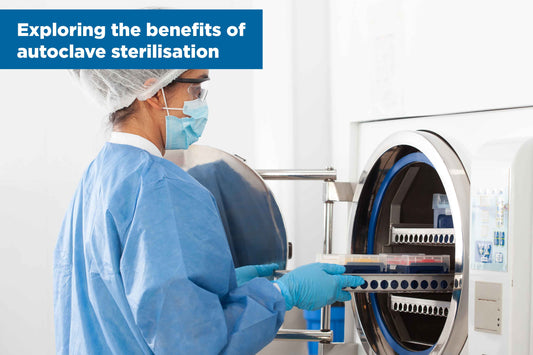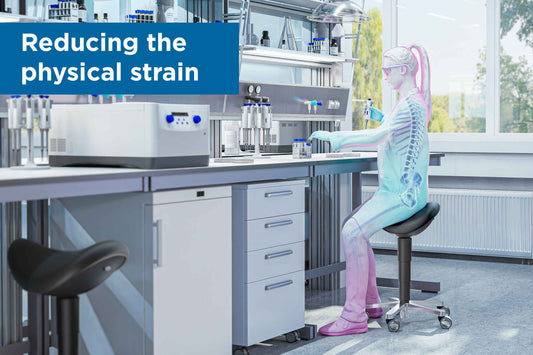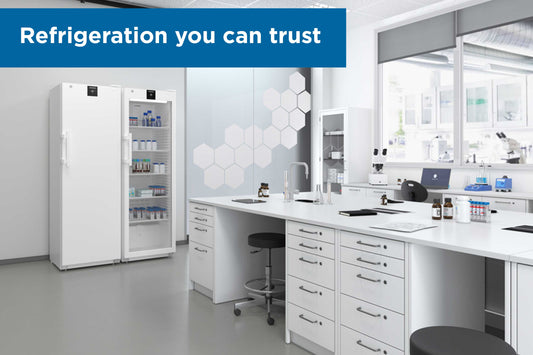Covid-19 has shown why no one can sit still on hygiene. Unchecked, microbes have the capacity to evolve, spread and play havoc. While there is a much greater chance to contain microbes within controlled environments, any hygiene manager will tell you that’s no easy matter, even at the best of times.
Food businesses are under a huge amount of pressure to keep operating costs low but this became substantially harder during the pandemic: COVID-19 brought with it a perfect storm of unplanned CAPEX and OPEX costs. The former was driven by the need to invest in additional furniture to support social distancing in the workplace, alongside increased expenditure on PPE and signage. As if that wasn’t enough, CAPEX expenditure also skyrocketed to support BRCGS guidance on ‘minimum acceptable time for cleaning’, which saw some businesses completing up to five deep cleans per day.
The financial burden has never been higher and the end is not yet in sight. Cleaning budgets are expected to continue to be as much as twice what they were pre-pandemic, which raises the question of whether they are sustainable in the long term.
The situation isn’t insurmountable. It puts the onus on businesses to embrace lean and continuous improvement strategies to build in greater efficiencies to operations.
The challenge will be to balance the hygienic best practice that became standard during the pandemic with the need to claw back costs.
This may not be the cheeriest opener we’ve written, but - to borrow a phrase from the Government - we are in a position to build back better.




